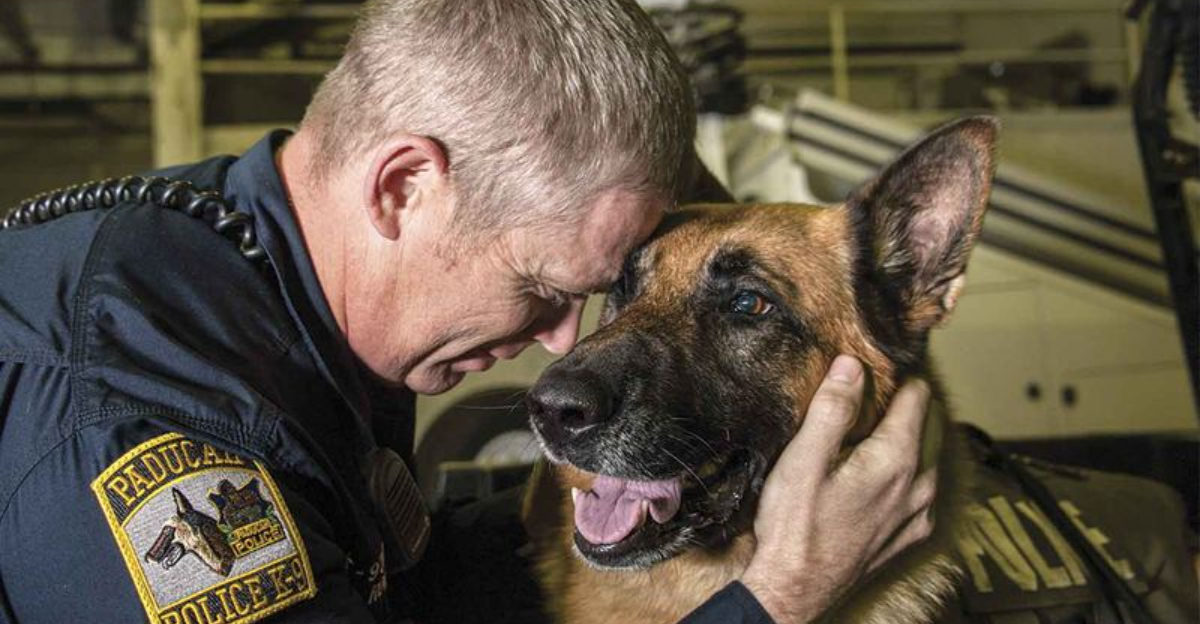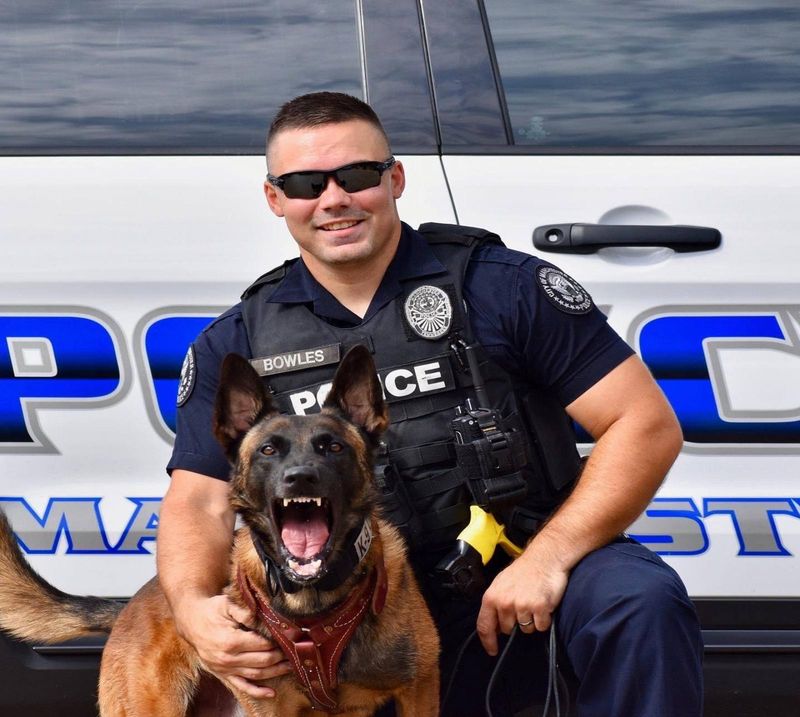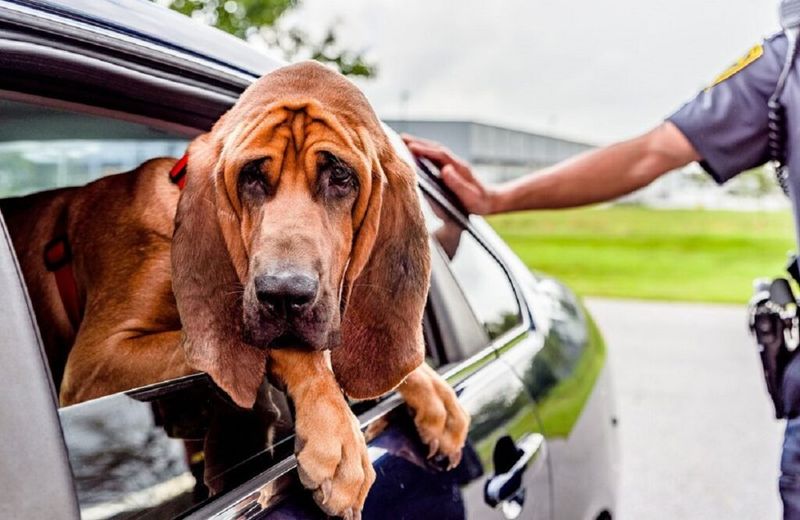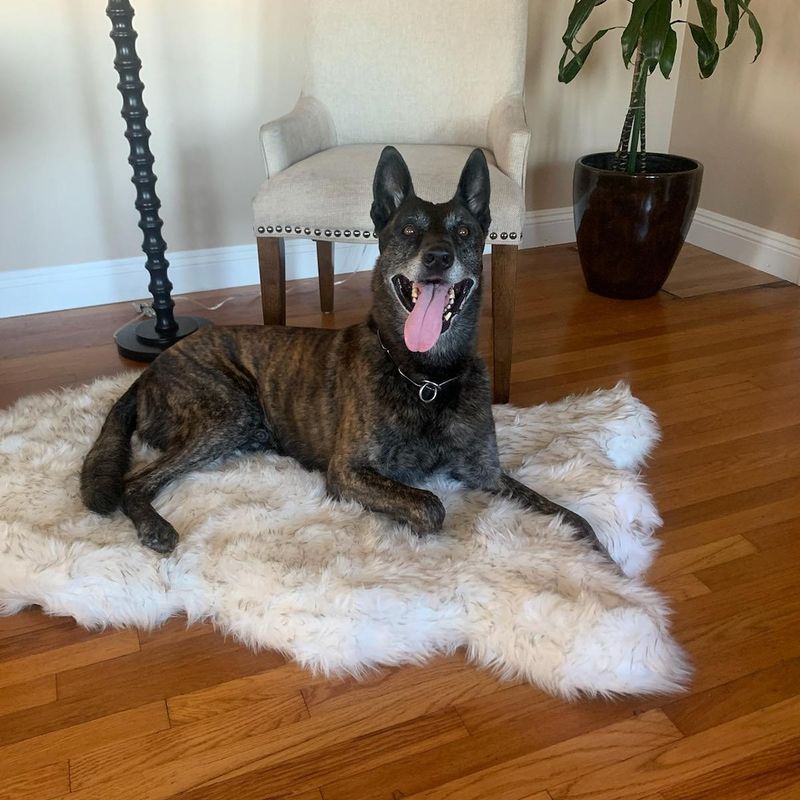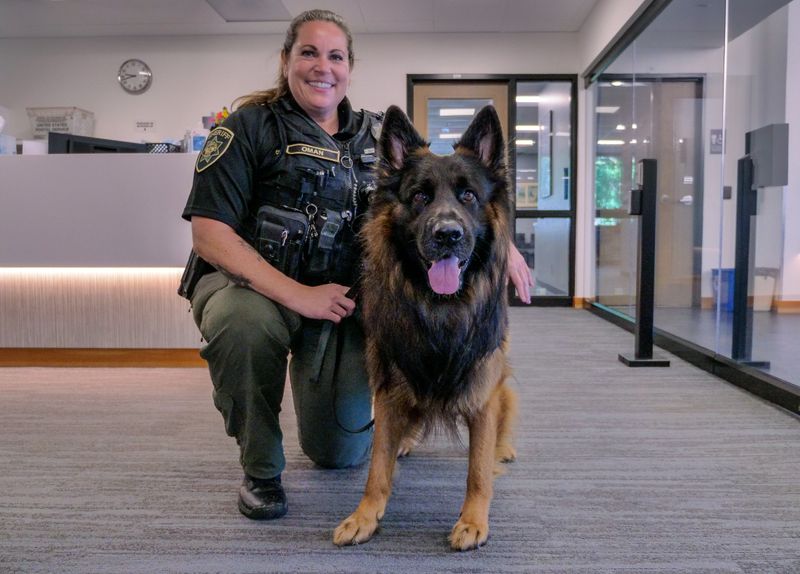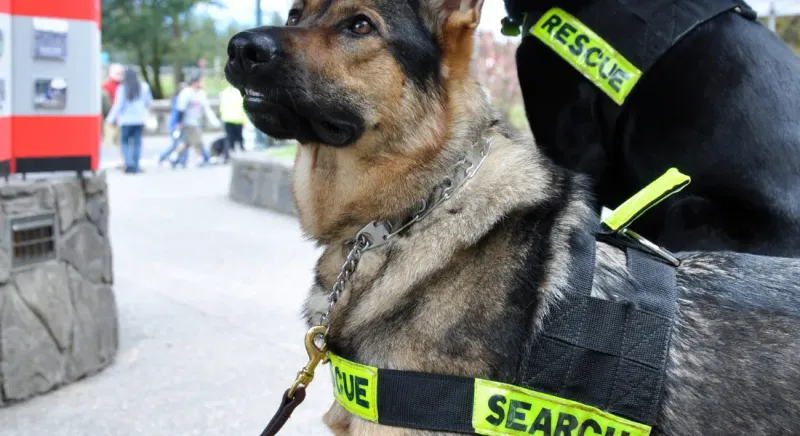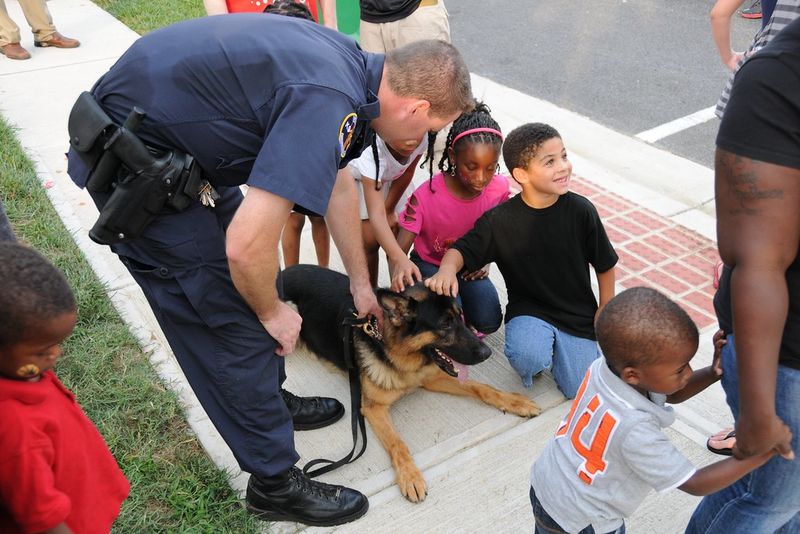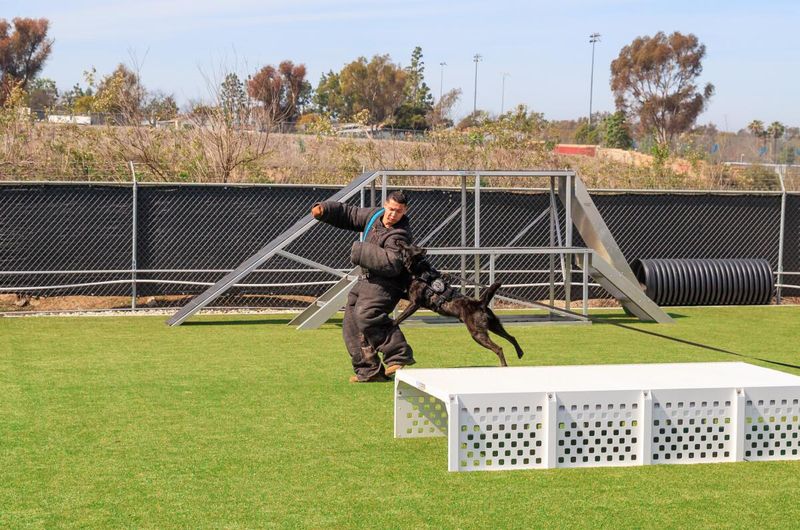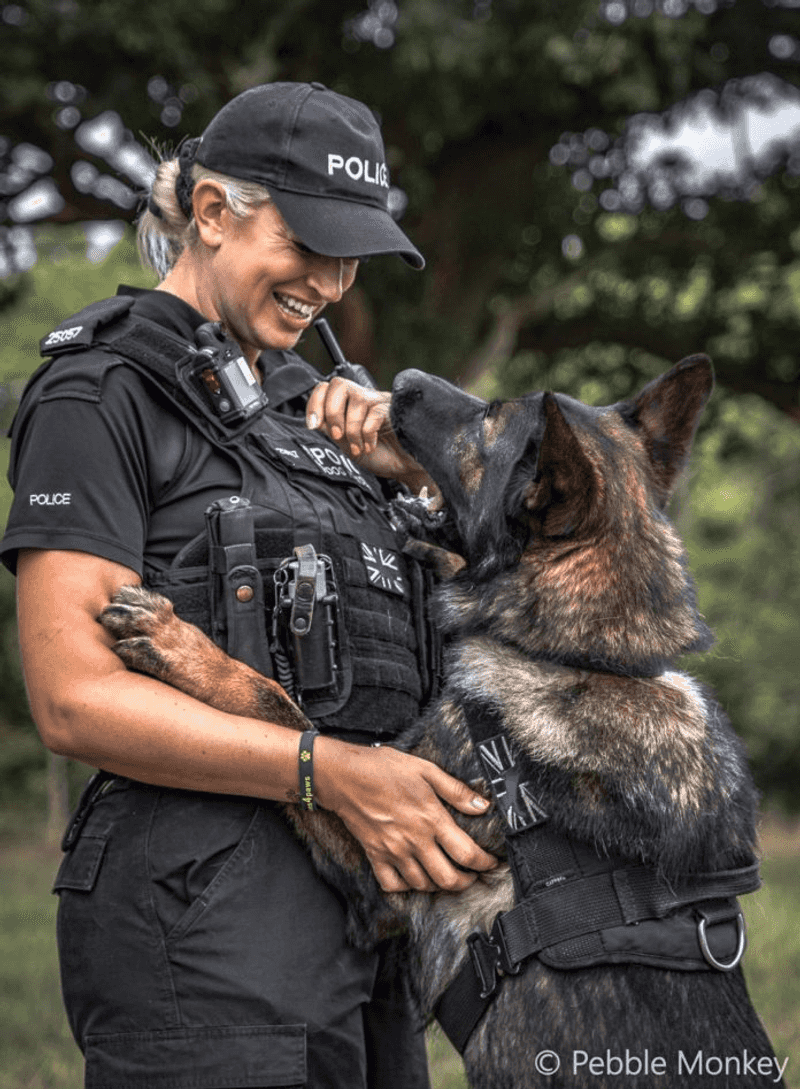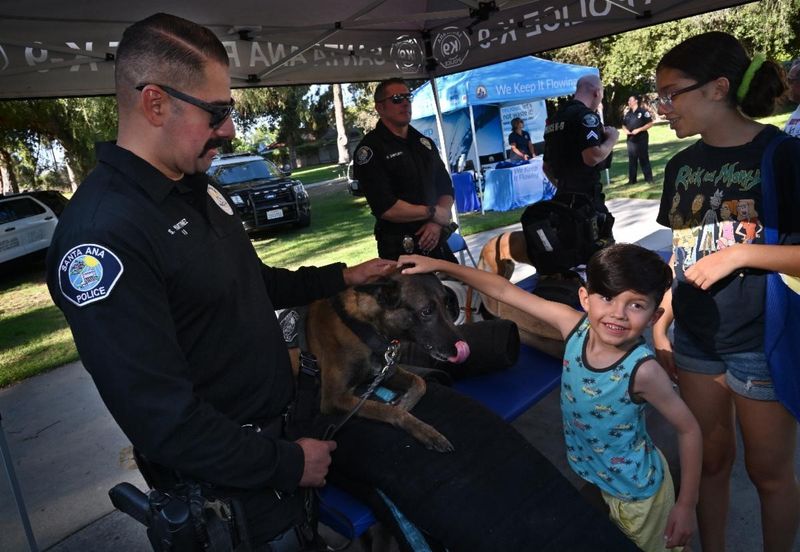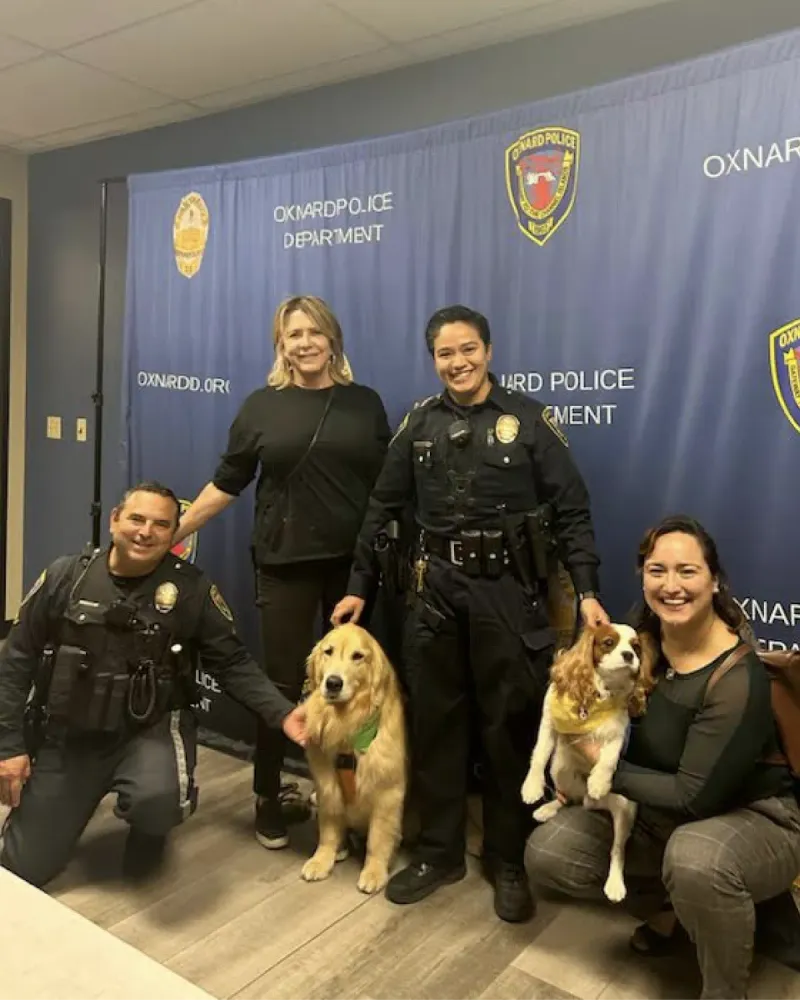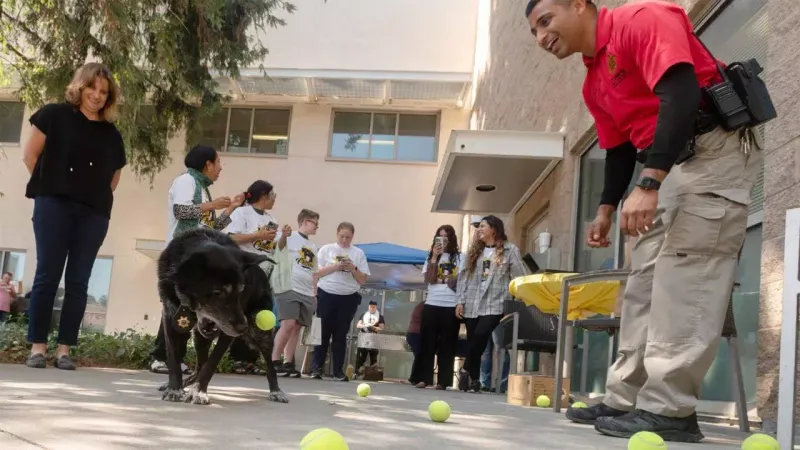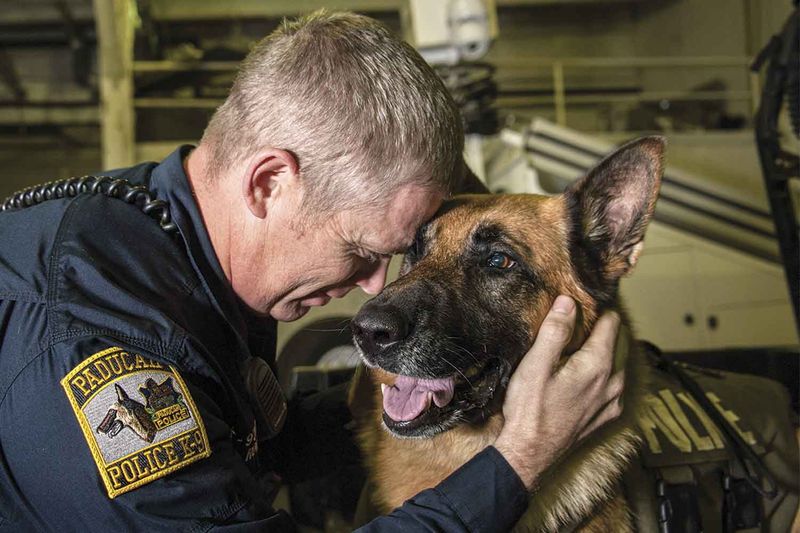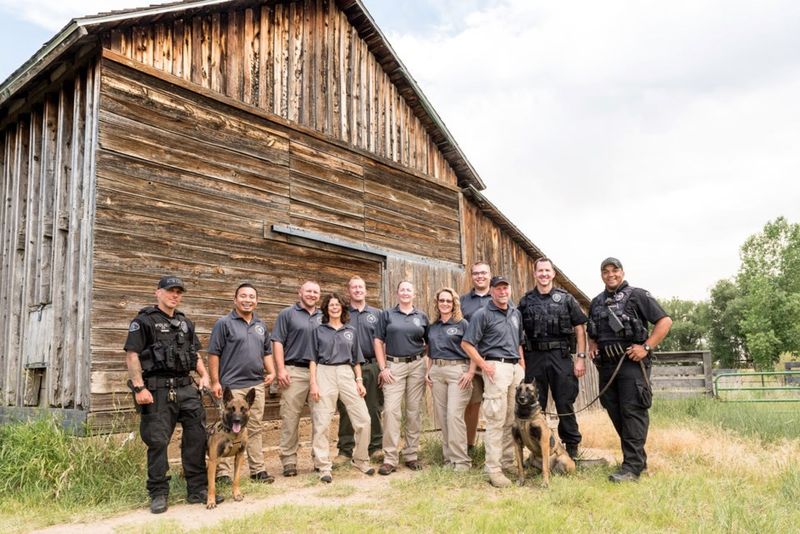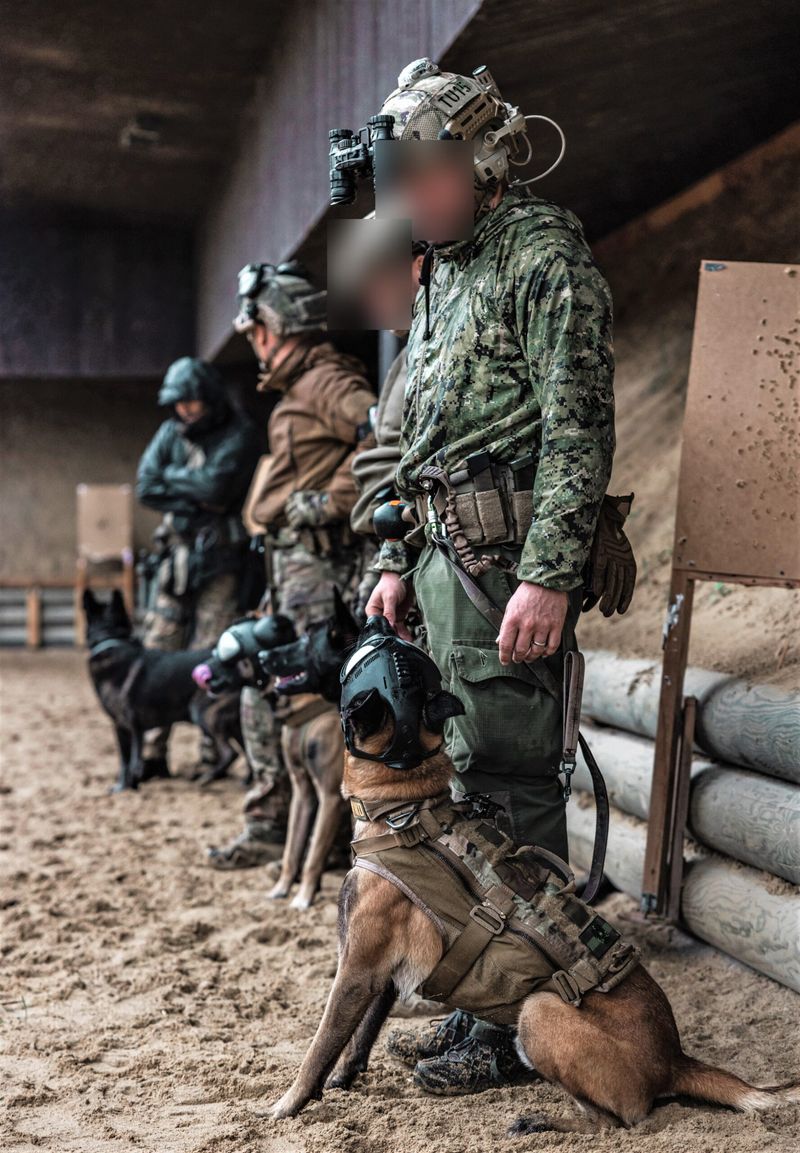Police dogs are often misunderstood, with many myths surrounding these diligent and loyal animals. From misconceptions about their breeds to assumptions about their behavior, people often get things wrong about these four-legged officers. This article aims to address some of the most common misconceptions, shedding light on the true nature and work of police dogs. By understanding these noble creatures, we can better appreciate the essential role they play in law enforcement and the deep bond they share with their handlers.
Police Dogs Are Vicious
People often assume police dogs are inherently aggressive, but this couldn’t be further from the truth. These dogs are trained specifically for controlled aggression, meaning they only act on command. In their downtime, they’re as playful and affectionate as any pet dog.
Handlers spend a significant amount of time socializing these dogs to ensure they’re friendly and approachable. This allows them to interact safely with the public. Surprisingly, most police dogs live with their handlers’ families and are considered a part of the household. Understanding their training reveals the balance between their work and gentle nature.
All Police Dogs Are German Shepherds
While German Shepherds are popular, they’re not the only breed serving in police units. Breeds like Belgian Malinois, Labrador Retrievers, and Bloodhounds also play critical roles in law enforcement. Each breed is selected based on specific traits required for different tasks.
For instance, Bloodhounds are phenomenal at scent tracking, while Labrador Retrievers excel in search and rescue due to their friendly temperament. The diversity in breeds illustrates how police departments leverage various canine abilities to enhance their operations. Recognizing these breed variations offers insight into the specialized roles within a K9 unit.
Police Dogs Work Non-Stop
Contrary to popular belief, police dogs don’t work around the clock. Like any working professional, they require rest and downtime to recharge. These dogs typically have a structured schedule that includes time for work, training, and relaxation.
After a shift, a police dog might be found lounging on the sofa or playing in the backyard. The balance between work and rest is crucial to maintaining their physical and mental well-being. This routine ensures they remain effective and happy partners to their human handlers.
Police Dogs Are Always On Duty
It’s a common misconception that police dogs are always on duty. In reality, they enjoy time off just like their human counterparts. During their off-hours, these dogs engage in playtime, training exercises, and family activities.
Their off-duty moments are essential for bond-building with their handlers and maintaining their overall happiness. Whether chasing a ball in the park or enjoying a leisure walk, these activities are integral to their daily routine. Recognizing their off-duty lifestyle helps us understand their roles beyond their professional duties.
Police Dogs Are Only Used for Attack
Many believe police dogs are solely trained for attack, but they perform a variety of roles. From search and rescue operations to detecting explosives and narcotics, their skill set is diverse and essential.
These dogs undergo rigorous training to master multiple tasks, making them versatile assets in law enforcement. Their ability to switch between roles demonstrates their intelligence and adaptability. Appreciating their multifaceted training helps dispel the myth that they’re just tools of aggression.
Police Dogs Are Not Family-Friendly
The idea that police dogs are not family-friendly is a misconception. Many of these dogs live with their handlers’ families and are gentle around children. They are trained to differentiate between work and home environments, showcasing their adaptability and temperament.
Their affectionate nature often shines through during family interactions, proving they’re more than just working animals. This blend of professionalism and playfulness highlights their ability to seamlessly integrate into family life while maintaining their duty to protect and serve.
Police Dogs Are Expensive to Train
Training a police dog is indeed costly, but the benefits far outweigh the expenses. The rigorous training programs are designed to address specific skills, ensuring these dogs are exceptional at their jobs.
The investment in training reflects the value of having highly skilled dogs that can perform complex tasks. These well-trained animals are crucial in operations that require precision and expertise. Understanding the costs involved provides insight into the dedication and resources required to maintain a successful K9 unit.
All Police Dogs Are Male
Another misconception is that all police dogs are male, which is untrue. Female dogs are equally capable and participate actively in police work. Their contributions are invaluable, whether in search missions, detection work, or public demonstrations.
The inclusion of female dogs enhances the diversity and effectiveness of police canine units. Acknowledging their presence emphasizes the role of gender equality in law enforcement practices. It highlights that abilities and performance, not gender, determine a police dog’s selection and success.
Police Dogs Are Aggressive
The notion that police dogs are aggressive is a stereotype that overlooks their disciplined training. These dogs are selected for their intelligence and temperament, undergoing extensive training to ensure controlled behavior.
Their training emphasizes obedience and discipline, allowing them to respond accurately to commands. In community settings, they often demonstrate calm and friendly behavior, engaging positively with the public. This controlled demeanor showcases their true nature, contradicting the aggressive stereotype often attributed to them.
Police Dogs Have Short Careers
While police dogs have demanding jobs, their careers can be quite lengthy. Many serve in active duty for several years before retiring. Upon retirement, they often remain with their handlers as cherished companions.
Their transition from work to retirement highlights the lasting bond between the dogs and their handlers. It reflects the respect and gratitude for their years of service. Understanding their career span sheds light on the commitment required to maintain these loyal and hardworking partners.
Police Dogs Are Only Used for Security
Beyond security, police dogs play vital roles in community outreach and education. They participate in demonstrations and public events to foster positive relationships between law enforcement and the community.
Their involvement in these activities showcases their versatility and importance beyond traditional security roles. Engaging with the community allows them to serve as ambassadors for their departments, promoting trust and cooperation. Recognizing their multifaceted roles helps bridge the gap between perception and reality.
Police Dogs Are Always Serious
Despite their serious work image, police dogs have playful personalities. Off-duty, they enjoy games and activities just like any other dog. This playful side contributes to their overall well-being and strengthens their bond with handlers.
These moments of play are crucial for their mental health, providing a balance to their disciplined work life. Understanding this duality helps us appreciate the complete nature of these intelligent and dedicated animals. It highlights the joy and fun that are integral to their daily lives.
Police Dogs Are Owned By the Police
While police dogs work for law enforcement, they’re often owned by their handlers. This ownership fosters a strong, trusting bond essential for effective teamwork.
Living with their handlers’ families allows these dogs to enjoy a balanced life between work and home. This arrangement ensures they’re well cared for, reinforcing their role as a trusted partner in duty and a beloved family member. Understanding this ownership dynamic highlights the personal connections that drive successful K9 units.
Police Dogs Are Only For Big Cities
Contrary to popular belief, police dogs aren’t exclusive to big cities. They’re valuable resources in small towns and rural areas too. These dogs assist local law enforcement in various tasks, from tracking suspects to community engagement.
Their presence in smaller regions demonstrates their versatility and necessity across different environments. Recognizing their widespread deployment helps us appreciate their impact on public safety, regardless of location size.
Police Dog Training is Simple
The training of police dogs is anything but simple. It involves meticulous planning and execution to equip them with a broad range of skills. From obedience to specialized detection work, the training is intensive and ongoing.
These programs demand dedication from both the dogs and their handlers, fostering a relationship built on trust and communication. Realizing the complexity of training illuminates the commitment involved in developing such capable and reliable partners in law enforcement.
